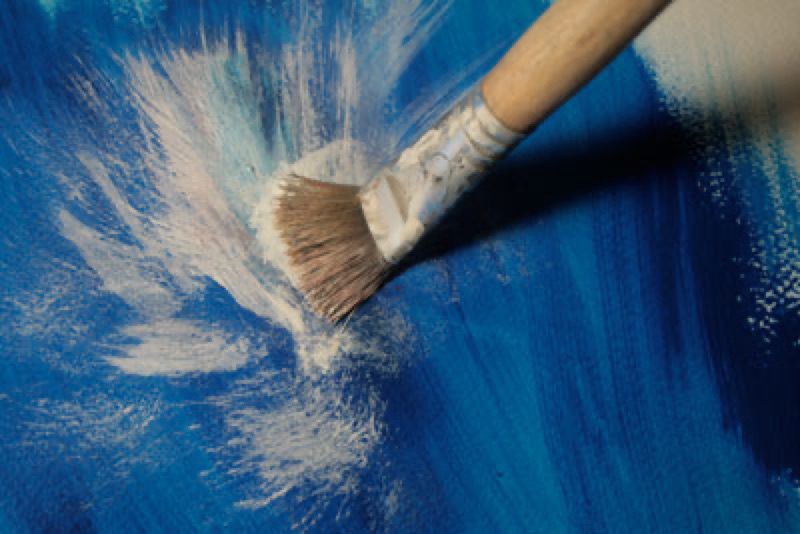Scumbling is the ideal way to liven up color blocks and add motion. How? By rubbing a thin, irregular, layer of color over an existing layer.
Did you know?
- You can do it with a paintbrush (recommended for beginners because it's easier to handle), a rag or your fingers.
- It is easier to do scumbling on a granular surface (canvas, canvasboard) than on a smooth medium.


